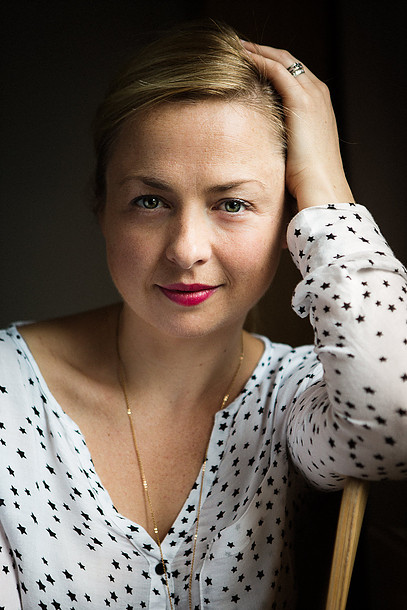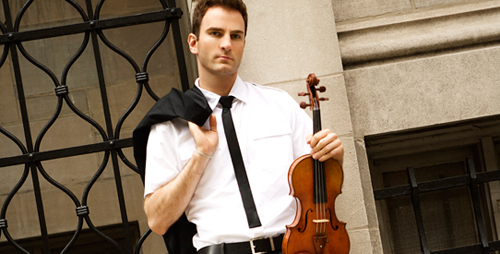Illinois Philharmonic launches a season of music director auditions

The Illinois Philharmonic Orchestra kicked off its 39th season Saturday night at the Governors State University Center for the Performing Arts.
At the end of last season, maestro David Danzmayr stepped down as IPO’s music director after four years, having brought about significant gains in the ensemble’s caliber and stature during his tenure. This year the orchestra is in a season-long music director search, with a different candidate leading each of the IPO’s five subscription concerts.
New Zealand-born conductor Holly Mathieson was at the helm for Saturday night’s proceedings in University Park. Mathieson, who was recently named to Danzmayr’s former post as assistant conductor of the Royal Scottish National Orchestra, led the IPO in a largely successful evening of familiar works.
The concert opened with The Unanswered Question, perhaps the most popular work of American great Charles Ives. Mathieson directed a convincing performance, with the IPO strings maintaining an unperturbed sheen from beginning to end. Trumpeter Matthew Lee intoned the question from a balcony with a spotlight shining on him, robbing his contribution of any subtlety, but the winds’ nattering commentary was aptly abrasive.
Sibelius’ abundantly romantic Violin Concerto followed, and after the modernism of the Ives, it was thought provoking to consider that the two works were completed within two years of each other (1904 and 1906, respectively).
Serbian-Italian virtuoso Stefan Milenkovich offered a stellar rendition of Sibelius’ warhorse. Milenkovich brought icy stoicism to the opening of the Allegro moderato, and poignant ardor to the movement’s second theme. His commanding technique was on display throughout, especially in his idiosyncratically inflected cadenza and searing delivery of the coda. Milenkovich’s concentrated tone leant itself well to the emotional vehemence of the Adagio di molto, and his hooked bowing in the finale was snappy and buoyant. Mathieson maintained a firm hand in the orchestral tuttis, though the orchestral accompaniment was often square and somewhat inflexible.
The concert’s second half was devoted to Beethoven’s Symphony No. 3 “Eroica,” which was launched immediately after a much-appreciated update on the score at Wrigley Field.
Mathieson was uninspiring in the expansive Allegro con brio, mostly conducting in a moderate all-purpose one and doing little to organize the vast canvas. Her gestures were clear but nothing more, and important details (such as the new thematic material introduced in the development and the ubiquitous hemiolas) passed by seemingly unnoticed, though mitigated somewhat by the players’ dedicated playing.
Things improved as the Beethoven progressed, however. Mathieson helped keep the Marcia funebre from plodding, the movement adorned with able playing by the IPO wind principals. The Scherzo had an effervescent energy, its barely contained vigor coming across well in Mathieson’s restrained approach. Her reading of the Finale was poised without being subdued, though the tender Poco adagio became increasingly ponderous as it went on. The performance nonetheless culminated in an emphatic coda that received tumultuous applause after the double bar.
The Illinois Philharmonic Orchestra’s next concert is 7:30 p.m. November 19 at Lincoln-Way West Performing Arts Center. Music director candidate Alastair Willis leads Borodin’s In the Steppes of Central Asia, the Bartok Concerto for Orchestra, and Tchaikovsky’s Piano Concerto No. 1 with soloist William Wolfram. http://www.ipomusic.org/index.php/home.html
Posted in Performances





